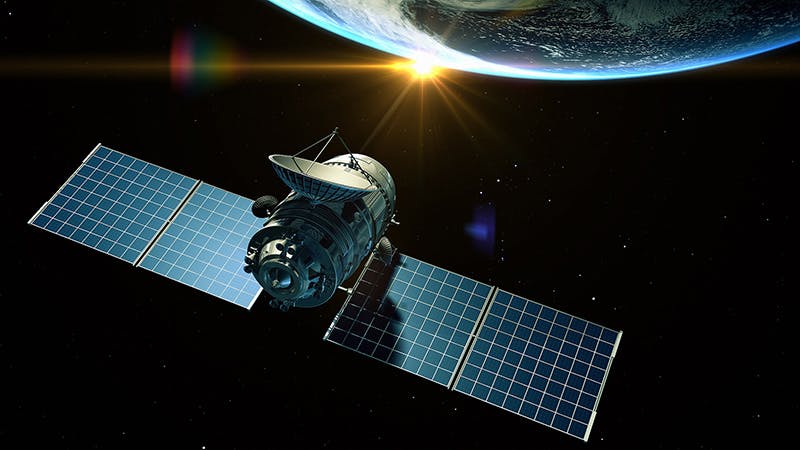In today's competitive context, telecommunications satellites must accommodate higher payload powers while reducing their mass, volume and cost. It leads to conflicting requirements, such as dissipating higher thermal loads with limited radiative surfaces.
Meet the speakers

Siemens Digital Industries Software
Jens de Boer
Simcenter Solution Manager for Aerospace
Jens is a passionate aerospace engineer. In the past 14 years at Siemens, he collaborated with aerospace companies to adopt and streamline their simulation and test processes throughout the development cycle.

Siemens Digital Industries Software
Sylvain Pluchart
Business Development Manager, Simcenter System Simulation solutions for Aerospace
